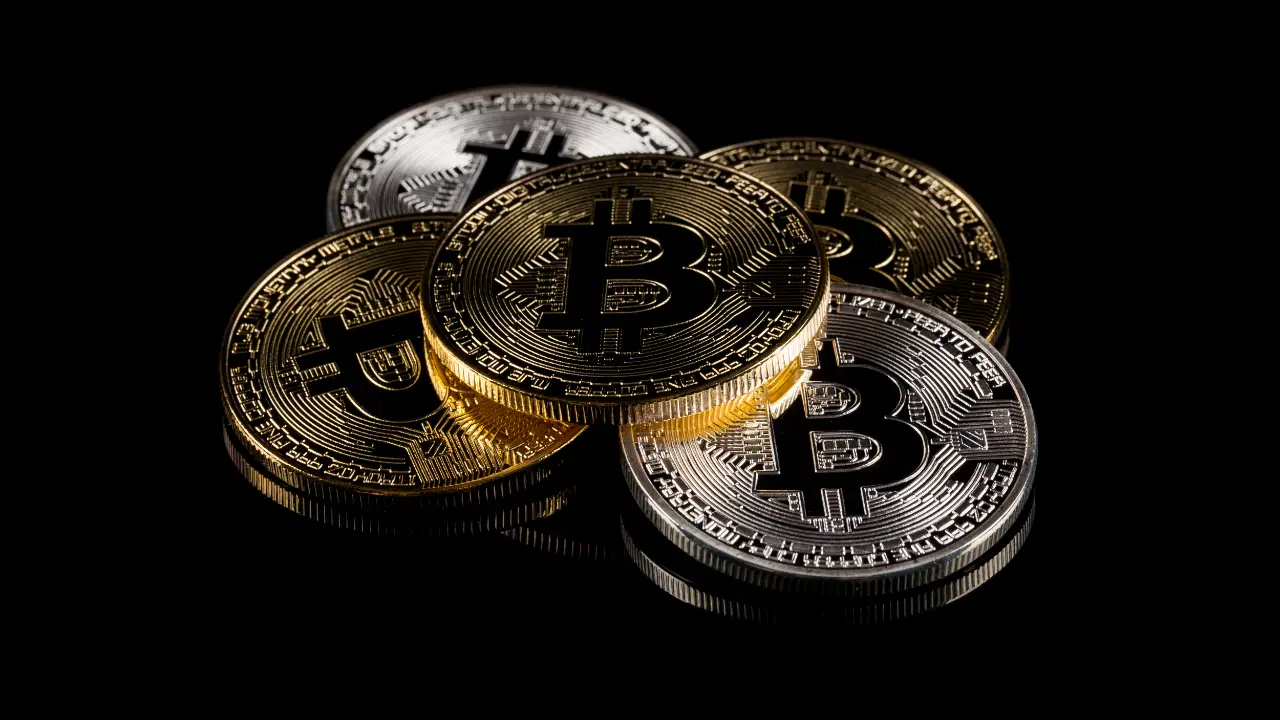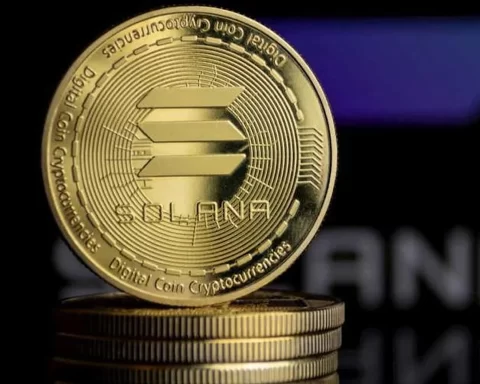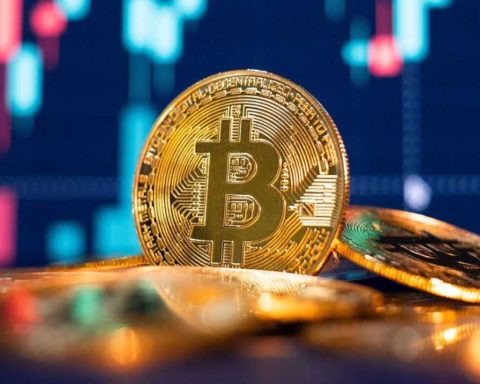Investors of Bitcoin have begun moving their cryptocurrency funds from on-chain to self-custody platforms after the collapse of FTX, according to analytics firm Glassnode.
Glassnode tweeted on 13 November that Bitcoin outflows reached 106,000 BTC each month, similarly to incidences in April, June, and July this year as well as November 2020.
Bitcoin exchange address transfers also skyrocketed to roughly 90,000 on 9 November, it added, indicating a loss in confidence in centrally-held cryptocurrency exchanges.
Following the collapse of FTX, #Bitcoin investors have been withdrawing coins to self-custody at a historic rate of 106k $BTC/month.
— glassnode (@glassnode) November 13, 2022
This compares with only three other times:
– Apr 2020
– Nov 2020
– June-July 2022https://t.co/92aYVYU4Yt pic.twitter.com/em7CsDBWUf
Glassnode Statement
A statement from Glassnode said that FTX’s collapse “created a very distinct change” in Bitcoin holder behaviours “across all cohorts.”
Despite this, the firm also noted users were increasingly adding stablecoins to exchanges, or an additional $1 billion in just one day on 10 November, totalling $41.2 billion.
Following the collapse of FTX, #Bitcoin investors have been withdrawing coins to self-custody at a historic rate of 106k $BTC/month.
— glassnode (@glassnode) November 13, 2022
This compares with only three other times:
– Apr 2020
– Nov 2020
– June-July 2022https://t.co/92aYVYU4Yt pic.twitter.com/em7CsDBWUf
According to Glassnode, the collapse was “nothing short of remarkable, shocking, and disappointing.”
It explained: “Such an event is a tremendous blow to the industry, leaving millions of customers with trapped funds, damaging many years of constructive industry reputation, and creating new credit contagion risks, many of which likely still remain undetected.
Glassnode cited the Mt Gox collapse in 2013, which similarly used fractional reserve crypto platforms.
Despite the situation, the “free market” of the cryptocurrency economy would remove all “excess and malfeasance, albeit with significant pain along the way.”
Additional systems such as Proof-of-Reserves and self-custody wallet pushes would allow the crypto market to “heal, recover, and return stronger in the months and years ahead,” it concluded.




